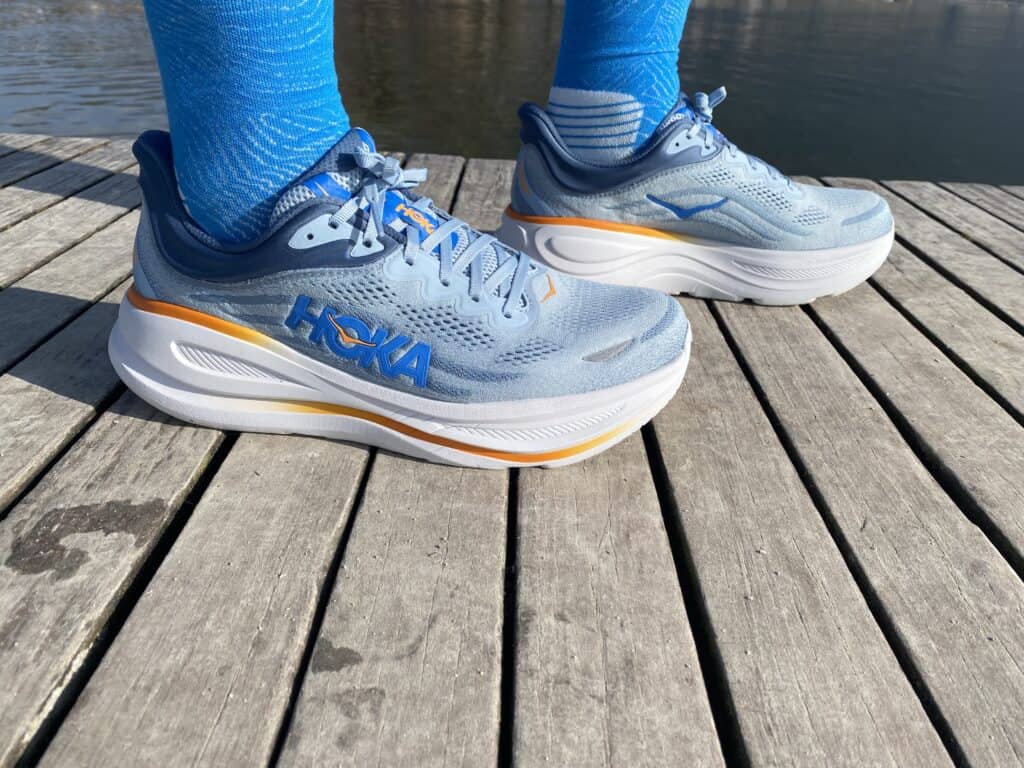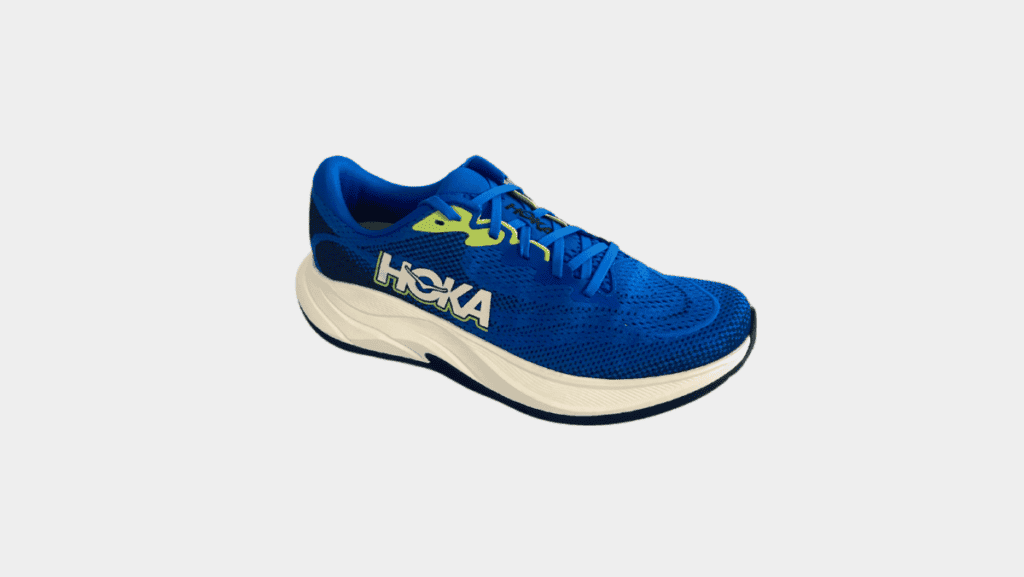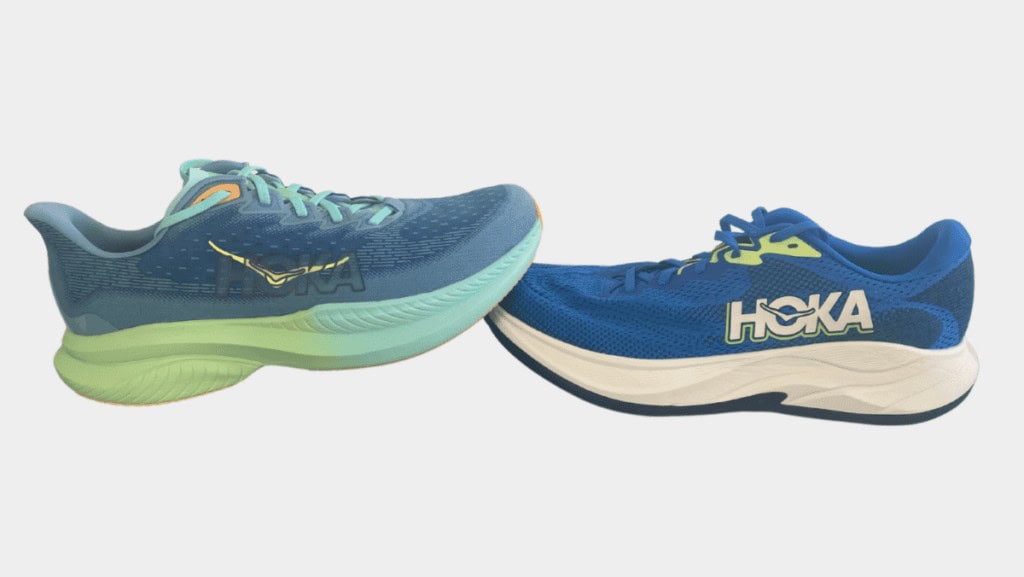Today, we’re diving into two of Hoka’s most popular models: the Hoka Gaviota 5 and the Hoka Bondi 9. Whether you’re seeking comfort for long runs, standing all day, or recovery sessions, these max cushion shoes have you covered. However, they’re designed with different features and stability levels, which can make all the difference depending on your needs. Let’s break down the key differences to help you decide which one is right for you.
Upper and Fit
Starting with the Gaviota 5, it boasts the widest fit across Hoka’s lineup. The toebox is roomy, even in the normal width, making it ideal for those with wider feet or forefoot issues. It also comes in a wide version for extra space. The Bondi 9, while not as wide as the Gaviota, offers an improved fit compared to the Bondi 8. It has a wider forefoot than previous iterations and comes in both wide and extra-wide versions, accommodating various foot shapes.
For the heel fit, the Bondi 9 has a snugger lockdown compared to the Gaviota 5. However, if you experience conditions like Achilles tendonitis or Haglund’s deformity, the Bondi’s snug heel may feel too compressive. The Gaviota, with its slightly more flexible heel counter, offers a softer fit that’s less likely to irritate sensitive heels.
Midsole and Cushioning
Here’s where these two models diverge significantly:
- The Bondi 9 features supercritical foam, delivering a soft, cloud-like feel underfoot. While it’s plush and comfortable for walking or standing, it has a firmer end feel during runs, offering just enough responsiveness without feeling overly squishy.
- The Gaviota 5, on the other hand, uses CMEVA foam, which is softer overall. It’s all about comfort, allowing you to sink into the cushioning for long periods of standing or walking.

Stability Features
When it comes to stability, the Gaviota 5 is the clear winner. It’s designed as a max stability shoe, thanks to Hoka’s H-frame technology. The H-frame runs along both sides of the midsole and across the center, providing torsional stability and controlling pronation forces. It also includes sidewalls around the heel, a wide base, and sole flare for added support.
In contrast, the Bondi 9 is a stable neutral shoe. While it includes some mild stability elements like sidewalls and sole flare, it lacks the structured support of the Gaviota’s H-frame. This makes the Bondi a better option for those who don’t need as much support but still want a stable ride.
Specifications at a Glance
| Feature | Hoka Gaviota 5 | Hoka Bondi 9 |
|---|---|---|
| Rearfoot Stack Height | 36 mm | 43 mm |
| Forefoot Stack Height | 30 mm | 38 mm |
| Drop | 6 mm | 5 mm |
| Weight (Men’s Size 9) | 310 g | 297 g |
Use Cases
Both shoes excel as lifestyle shoes, perfect for standing all day or walking long distances. When it comes to running, they shine in easy runs, recovery sessions, and longer runs where comfort is a priority. However:
- The Bondi 9 struggles to transition smoothly during uptempo workouts due to its weight and slightly slower midsole response.
- The Gaviota 5 is a better choice if you need extra support for overpronation or stability for specific conditions like posterior tibial tendon dysfunction (PTTD).
If you’re considering other models, the Clifton 9 or Mach 6 might be worth exploring for a more responsive ride.

Final Thoughts
Both the Hoka Gaviota 5 and Bondi 9 are excellent options for max cushioning and comfort, but they cater to different needs. If you’re looking for maximum stability and support for pronation, the Gaviota 5 is the clear choice. On the other hand, if you prefer a stable neutral ride with a slightly lighter build and a plush feel, the Bondi 9 might be your go-to.
Have you tried either of these shoes? Share your thoughts in the comments below! If you have questions about these or other models, feel free to ask.


